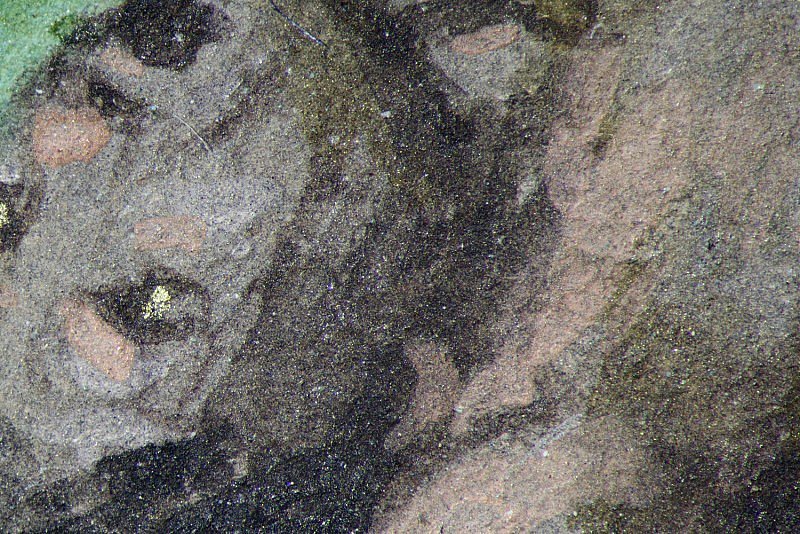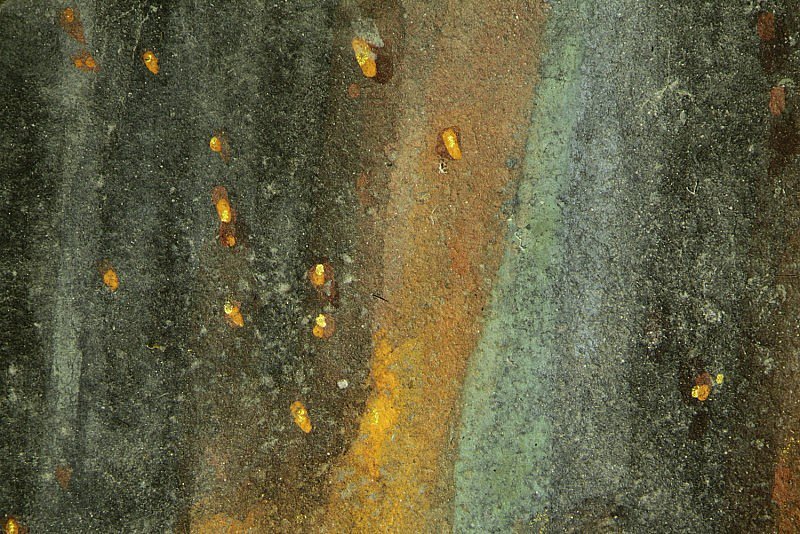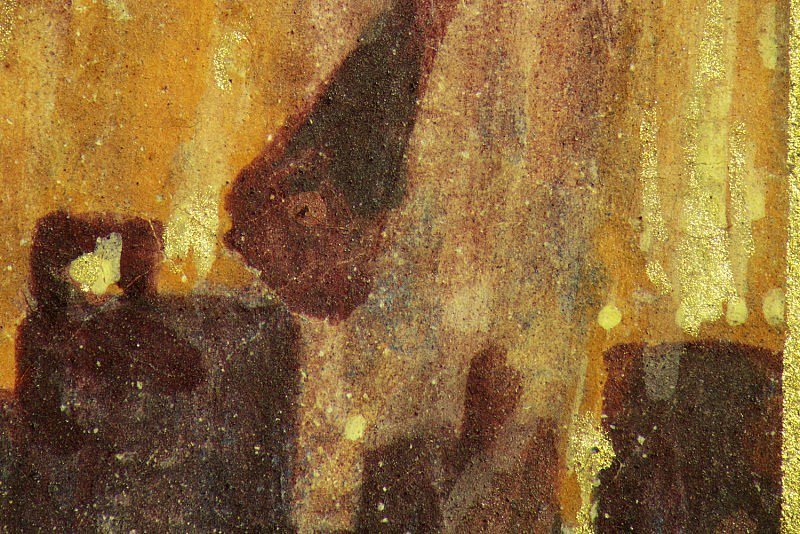Cardinal Albrecht of Brandenburg
Owners
Cardinal Albrecht of Brandenburg (1490-1545), Archbishop and Elector of Mainz, was an important political and ecclesiastical figure, a friend of Erasmus and an opponent of Martin Luther. He was also one of the most active art patrons of his day. Painters who completed commissions for him include Albrecht Dürer, Mattias Grünewald and Lucas Cranach the Elder who painted his portrait. The Book of Hours from which these leaves were taken, is the earliest of three manuscripts illuminated for him by Simon Bening. The main body of the book is in a private collection, but miniatures removed from it are dispersed across various institutions, including the Nationalmuseum in Stockholm, the Carnegie Museum of Art in Pittsburgh and the Metropolitan Museum of Art in New York. The other two manuscripts which Simon Bening illuminated for the Cardinal are his Prayerbook of c. 1525-1530 (Los Angeles, J. Paul Getty Museum, MS Ludwig IX 9) and another Book of Hours of c. 1530-1535 (Stockholm, Kungliga Bibliotheket, MS A.227).



Last Judgement
On a bright, green hillside, Saint Peter welcomes the Saved into Paradise, while the Damned, writhing in a pit of darkness, are consigned to Hell (hotspot 1). A most sophisticated palette was employed for the depiction of Hell. The central part of the miniature combines red lead, indigo, azurite, lead white, most likely a mineral copper green, and probably carbon black, lead-tin yellow and yellow ochre, accentuated with sparks of shell gold (hotspot 2). The flames in the side borders also contain an organic red yielding a deep pink colour, while lead-tin yellow provides the bright flashes of demonic, infernal light (hotspot 3). The Damned are represented as melancholics - their dark, grey-brown skin burnt by the fires of Hell contrasts with the flesh of the Saved who are painted in naturalistic tints. In the lower border, an energetic troop of angels, clad in white and wielding swords, prevents the Damned, including high-ranking ecclesiastics, from escaping their fate. These figures derive from Albrecht Dürer’s Apocalypse-inspired woodcut, The Massacre by the Four Angels, made c. 1498.